Dreamclinic continues to gain recognition locally and nationally. Dreamclinic just made the 2016 Inc. 5000 list. The Inc 5000 is a well-established, prestigious list for the fastest growing privately-held businesses in the nation. In order to qualify for inclusion on the Inc. 5000 list for 2016, a company must have had at least $2 million in revenue by the last year of a three-year period, ending in 2015, and must also be a U.S.-based, privately-held and independent entity, meaning it is not a subsidiary or division of another company.
This is the second year in a row that Dreamclinic has been recognized for exceptional growth in the marketplace. Inc. 5000 has measured our growth at 90% over the past three years and we are projected to continue growing. “We are honored to make the list and we know this speaks volumes to the quality and genuine caring mindset of our entire team, “ said Larisa Goldin, Dreamclinic CEO. “We must also recognize that our growth has been fueled by our awesome customers who recognize the Dreamclinic commitment to excellence in therapy and continue to be super-loyal year after year.”
In making Inc. 5000, we are pleased to share the same spotlight with previous recipients like Facebook, LinkedIn and Pandora Radio as we continue on as one of the fastest growing wellness businesses dedicated to empowering individuals and organizations through services and education that promote a natural approach to health.
Award winners are invited to join the Inc. 5000 Conference and Gala in San Antonio, Texas from October 18-20, 2016 to celebrate their impressive growth with opportunities to network and a conference that features motivational speaker and best-selling author Tony Robbins.
Dreamclinic’s mission is to serve as a trusted business entity providing services and education that promote a natural approach to health. See our Inc 5000 ranking here.


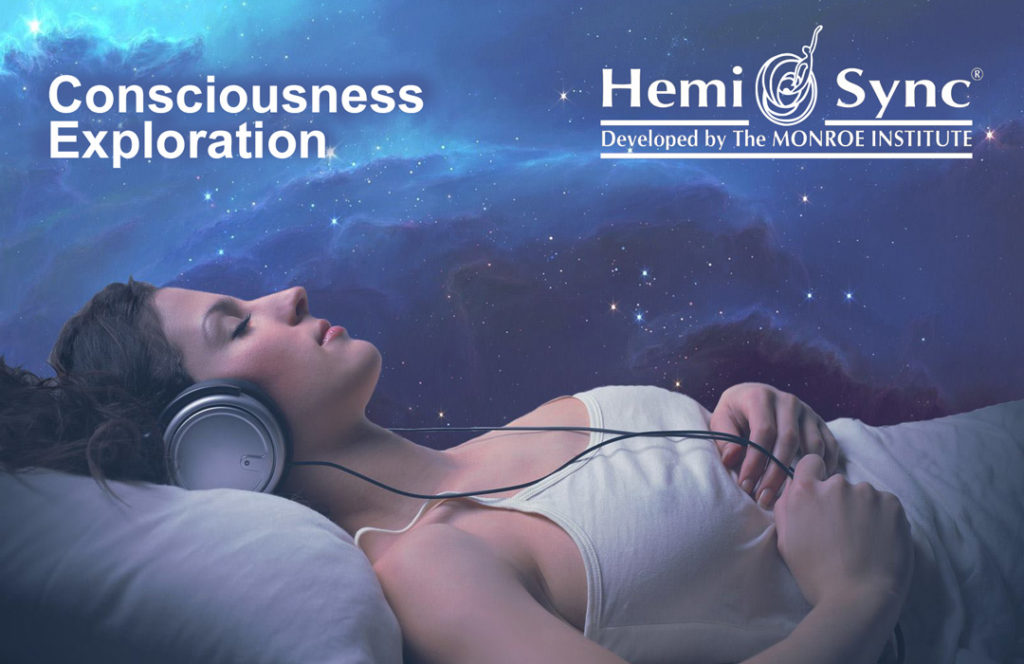
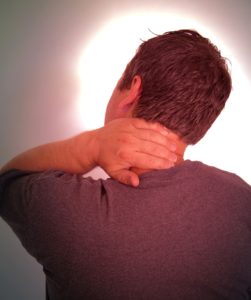 If you’ve ever suffered from a tension headache, neck discomfort, or lower back pain, you know how much of an effect stress can have on the body. When we become stressed, our adrenaline rises, making us more likely to be on guard against what the body perceives as danger. When this stress happens, our muscles tense up as a reflex reaction. While the body does this as a way of protecting us against injury and pain, chronic tension in reaction to stress has the opposite effect.
If you’ve ever suffered from a tension headache, neck discomfort, or lower back pain, you know how much of an effect stress can have on the body. When we become stressed, our adrenaline rises, making us more likely to be on guard against what the body perceives as danger. When this stress happens, our muscles tense up as a reflex reaction. While the body does this as a way of protecting us against injury and pain, chronic tension in reaction to stress has the opposite effect. Constipation is a condition that may be distinguished by a number of symptoms, including stomach aches, infrequent bowel movements, and unusually hard stools. An estimated 42 million Americans persistently suffer from the condition, making constipation one of the most common Gastro-intenstinal issues in the United States. Occasional bouts of these symptoms are typically nothing to worry about. However, chronic constipation may lead to more serious complications such as colonic conditions and urological disorders, while having an overall negative impact on quality of life.
Constipation is a condition that may be distinguished by a number of symptoms, including stomach aches, infrequent bowel movements, and unusually hard stools. An estimated 42 million Americans persistently suffer from the condition, making constipation one of the most common Gastro-intenstinal issues in the United States. Occasional bouts of these symptoms are typically nothing to worry about. However, chronic constipation may lead to more serious complications such as colonic conditions and urological disorders, while having an overall negative impact on quality of life.
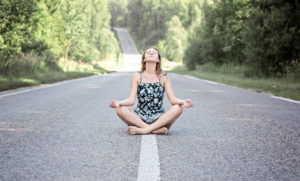 Once considered a practice only for “granola-eating hippies,” meditation has gone completely mainstream. It’s been revered for its life-changing benefits, as well as being cited as a frequent (if not daily) practice of some of the happiest and most successful people in the world.
Once considered a practice only for “granola-eating hippies,” meditation has gone completely mainstream. It’s been revered for its life-changing benefits, as well as being cited as a frequent (if not daily) practice of some of the happiest and most successful people in the world.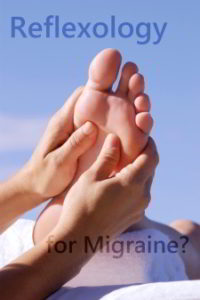 While it’s safe to say that everyone experiences the occasional headache, more than 10 percent of the world’s population suffers from debilitating migraines. It’s not just pain that’s felt when these migraines occur, but also symptoms such as nausea, lightheadedness, and sensitivity to light. According to the
While it’s safe to say that everyone experiences the occasional headache, more than 10 percent of the world’s population suffers from debilitating migraines. It’s not just pain that’s felt when these migraines occur, but also symptoms such as nausea, lightheadedness, and sensitivity to light. According to the 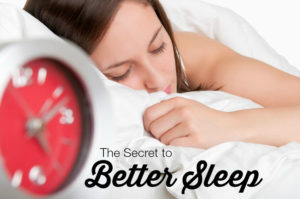 According to
According to 
